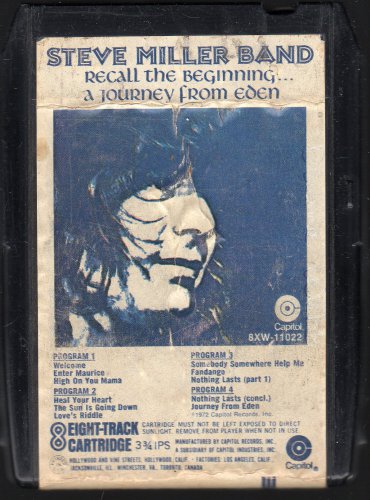
Sometimes music speeds up, sometimes it slows down.

Not every style of music will have a strict and consistent tempo, however. That tempo or “beat” would then be subdivided into more beats, or each beat is given a certain kind of stress, or a combination of the above, depending on the style of music you’re recording or producing.

So, 120 BPM means 120 beats are playing per minute of your song. Earlier we referred to “BPM,” which means “beats per minute.” At the very basic, it is literally just that, it’s the amount of beats there are that’s playing uniformly per minute. Which really means the speed of our music. Now, can you imagine if each instrument is playing to different rhythms? You’d have a very disorderly production indeed. And you can go as far as to “groove” that rhythm so that there isn’t such a uniform division between beats. Sometimes you are not just going “tap-tap-tap-tap,” but something like “tap. The best example when I talk about “rhythm” is a drum beat, or even the way your foot taps to a beat. You can shape this time into anything you want, but besides dividing this rough slab of time four equal units or “beats,” with one or two given more stress than the other, you can further carve out ridges and beats based upon how you want the music to sound. This means that each time you count out “one-two-three-four,” the period from “one” to “four” is your rough slab of time, which will repeat over and over again until the end of the song. You have a rough slap of unit of time called 4/4 time (four quarter note beats per measure). In music, rhythm refers to the way a unit of time is divided into smaller beats, particular the way that beat makes you want to nod your head or tap your foot. But it wouldn’t be congruent to the style or genre of music you were trying to produce.

Now, can you imagine if each instrument in your project played to different beat stresses? Perhaps the result would be interesting, to say the least. When instruments are playing to the same stress of a beat, it means that each instrument follows and accentuates the dominant beat or beats of the song.įor instance, in most western pop music, the dominant beat (or the beat that’s stressed) of a song is on the “one” of “ONE-two-three-four,” also called the “downbeat.” But in some other genres, like reggae for instance, the dominant beat can be the “three” of “one-two-THREE-four.”Īn example of a popular pop song with emphasis on the first beat downbeat.Īs you listen count “ONE-two-three-four.”Īn example of a popular reggae song with emphasis on the third beat.Īs you listen count “one-two-THREE-four.” But for the purpose of this article, when we talk about beat, what we are really referring to is the “beat stress.” It could mean rhythm, it could mean that thing you tap to with your foot, or it can even mean tempo. What do I mean by that? The Beatīeat can mean a lot of things when we’re talking about music. When different instruments are playing together, they need to be “in pocket,” in other words, they need to play to the same beat, rhythm, and tempo. (The alternative of course is that you write the notes in yourself.) Either way, the end result is that you will have a group of instruments playing together. Either they are live instruments, like a studio drummer, keyboardist, bass player, and guitarist, or you are the one playing the parts yourself via a MIDI controller. In most music production projects, we are usually recording multiple instruments at a time, or in sequence (the latter called multitrack recording). The primary purpose of a click track, or metronome, is to help you with keeping in time.

Sometimes a click track can be as simple a “tick-tock” sound, or it can be as complex as a rhythmic beat including subdivisions and grooves of a beat using percussive sounds. Let’s look a little more closely at what a click track can do for you, and why you should be using it. The term comes directly from the audio track of a clicking or tapping sound one would play in the background.
SHAWN PELTON PLAYING WITH A CLICK TRACK SERIES
But the term “click track” is, however, one of those terms that is, in the music production context pretty self explanatory if you think about it.Ī click track is audio that produces a repetitive series of sounds that helps the musician, producer, or beatmaker to record his instrumental parts in correct timing. We sometimes come across some interesting terms in music production that leaves our heads scratching a little and wondering what they mean.


 0 kommentar(er)
0 kommentar(er)
